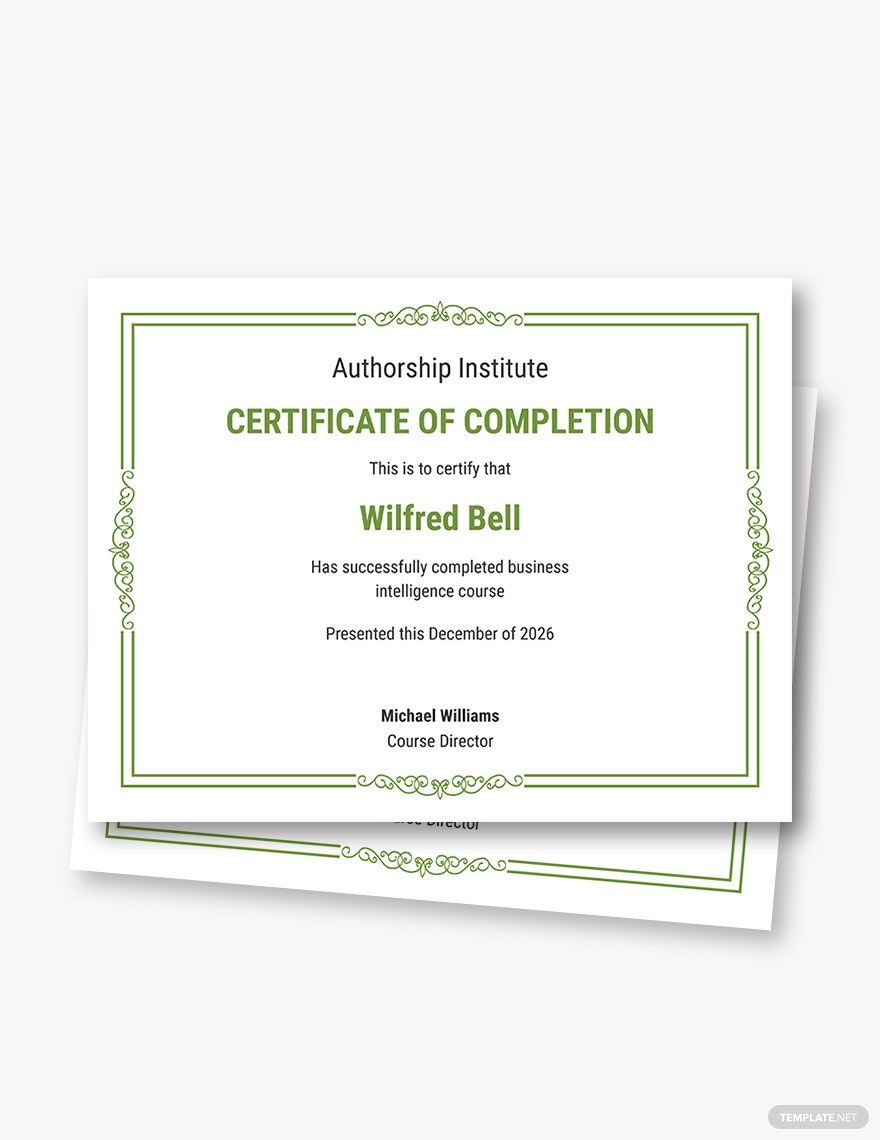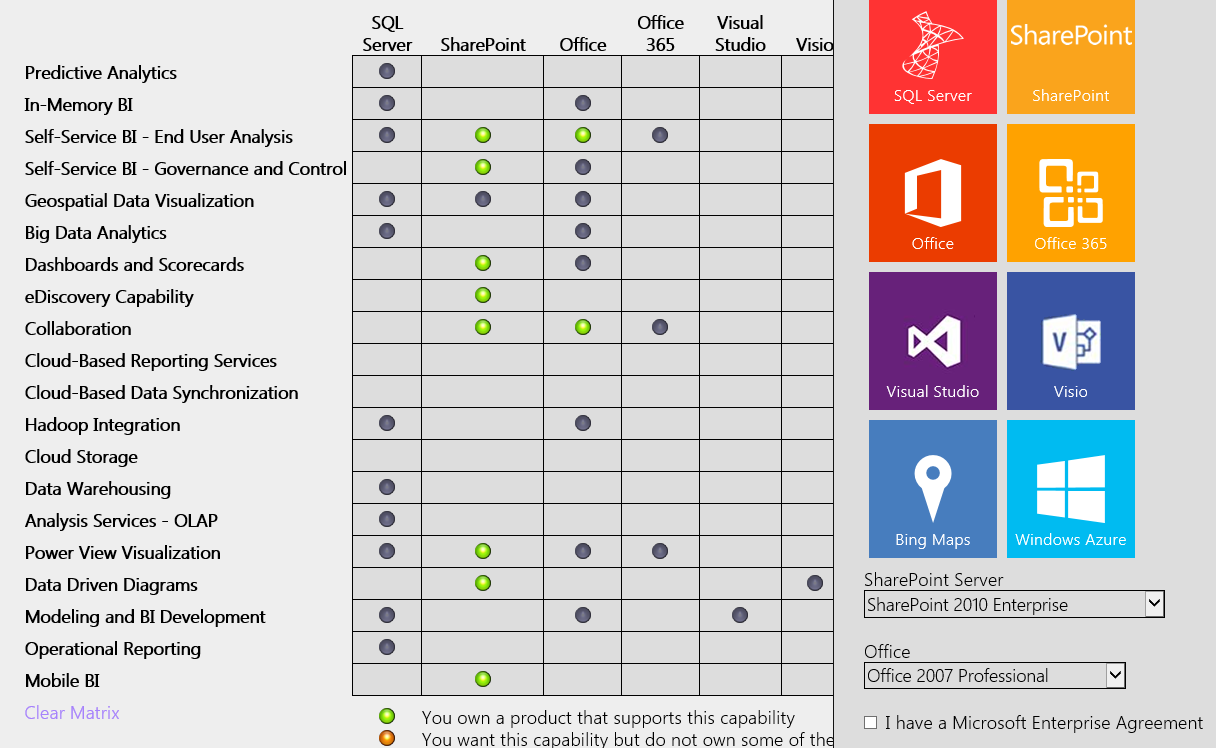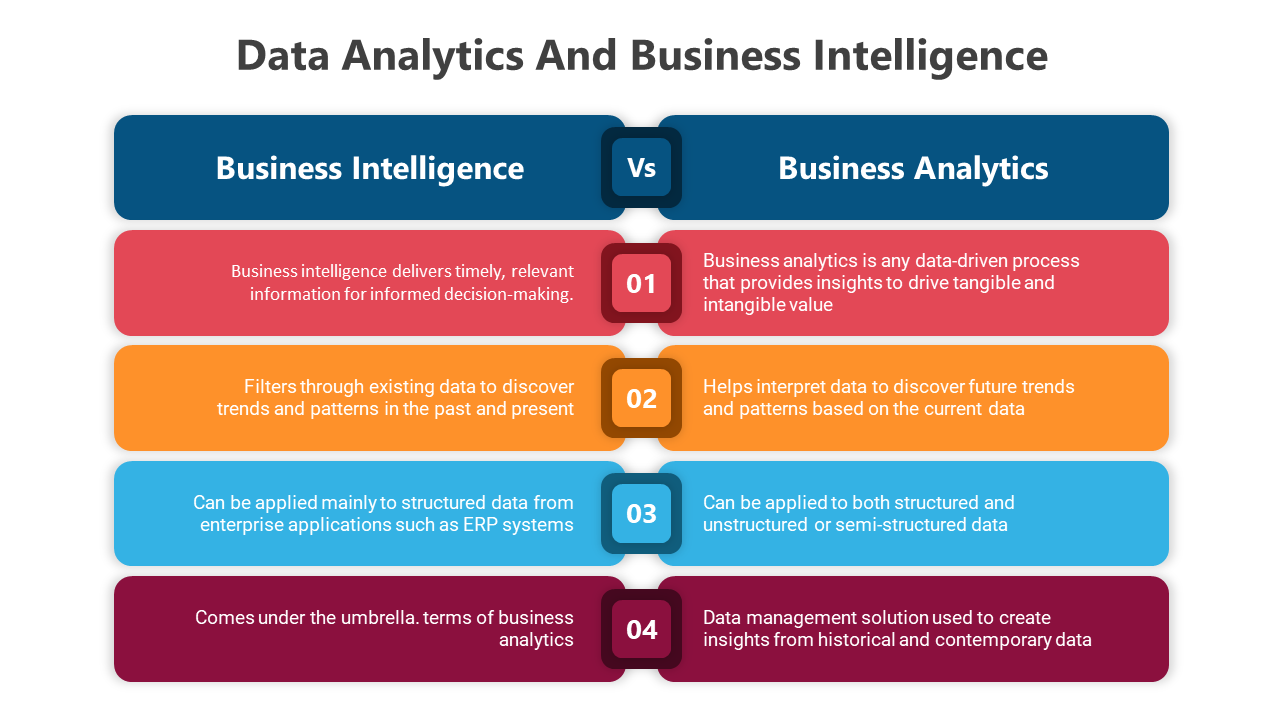Introduction
Car accidents are never a pleasant experience, causing both physical and emotional distress. In the midst of the chaos, navigating the legal and financial complexities can feel overwhelming. Fortunately, having a solid understanding of your insurance coverage can significantly ease this burden. Comprehending the ins and outs of your policy will empower you to make informed decisions, ensuring that you receive the necessary support during this challenging time.
Insurance companies provide coverage for car accidents, offering a safety net against the financial repercussions that can arise from property damage, medical expenses, and legal liabilities. By aligning your coverage with your specific needs and circumstances, you can minimize the financial impact of an accident and safeguard your well-being. Let’s delve into the essential elements of insurance coverage for car accidents, providing you with the knowledge to make informed choices and navigate the aftermath of an accident with confidence.
Understanding Your Policy
Understanding the intricacies of your insurance policy is paramount in ensuring your protection in the event of an accident. Your policy outlines the specific terms and conditions of your coverage, including the types of accidents covered, the limits of your coverage, and the deductibles you’re responsible for. Taking the time to thoroughly review your policy will provide you with a clear understanding of your rights and responsibilities.
Liability coverage is a crucial component of your policy, as it provides financial protection against claims arising from bodily injury or property damage caused to others in an accident you’re deemed responsible for. Comprehensive and collision coverage, on the other hand, safeguard your vehicle from damage or loss, regardless of who is at fault. Uninsured/underinsured motorist coverage offers an added layer of protection, ensuring you’re compensated even if the other driver lacks adequate insurance.
Understanding your policy’s limits is equally important. Liability coverage typically has a split limit, such as 25/50/25, indicating the maximum amount your insurance will cover for bodily injury per person, bodily injury per accident, and property damage, respectively. Comprehensive and collision coverage have separate limits, which determine the maximum amount your insurance will pay for repairs or replacement of your vehicle.
Deductibles are the portion of repair or replacement costs you’re responsible for before your insurance coverage kicks in. Choosing a higher deductible can lower your insurance premiums, but it also means you’ll pay more out of pocket in the event of an accident. Carefully consider your financial situation and risk tolerance when selecting your deductible.
Additionally, your policy may include endorsements or riders, which are optional add-ons that provide additional coverage or enhance existing coverage. For instance, rental car reimbursement coverage can assist with the cost of a rental vehicle while yours is being repaired. Understanding these add-ons can further tailor your coverage to your specific needs.
Insurance Coverage for Car Accidents: A Comprehensive Guide
An auto accident can be a distressing experience, and dealing with insurance claims can add to the stress. Understanding the different types of insurance coverage available can help you make informed decisions and protect your financial interests. Let’s dive into the nuances of insurance coverage for car accidents.
Types of Insurance Coverage
Most car insurance policies include three primary types of coverage:
Liability Coverage
Liability insurance is crucial for protecting you against legal liability if you cause an accident that results in injuries or property damage to others. It covers your legal expenses, damages awarded to the injured party, and property repairs. Liability limits vary, and it’s recommended to opt for higher limits to ensure adequate protection.
Collision Coverage
Collision coverage is designed to cover damages to your own vehicle, regardless of fault. It comes into play when your car collides with another vehicle, an object (like a tree), or even rolls over. Collision coverage has a deductible, which is the amount you pay out of pocket before the insurance kicks in. The higher your deductible, the lower your monthly premium.
Comprehensive Coverage
Comprehensive coverage extends beyond collision damage. It protects your vehicle from a wider range of events, including theft, vandalism, fire, hail, and animal strikes. Like collision coverage, comprehensive has a deductible. However, it typically covers a broader range of incidents and provides peace of mind for your investment.
Insurance Coverage After a Car Accident
According to the National Highway Transportation Safety Administration (NHTSA), over 6 million car accidents occur annually in the United States, leading to thousands of injuries and fatalities. If you’re involved in an accident, understanding your insurance coverage can be crucial in ensuring you’re protected financially and legally. One of the key aspects of auto insurance is liability coverage, which plays a vital role in safeguarding you against liabilities in case of an accident.
Liability Coverage
Liability coverage is an essential component of auto insurance that shields you from financial responsibility if you cause an accident resulting in property damage or injuries to others. This coverage comprises two primary categories:
- Bodily Injury Liability: This coverage pays for medical expenses, lost wages, and other damages incurred by individuals injured in an accident you caused.
- Property Damage Liability: This coverage covers the repair or replacement costs of property damaged or destroyed due to an accident you caused, such as other vehicles, structures, or personal belongings.
Importance of Liability Coverage
Liability coverage serves as a financial safety net in the event of an at-fault accident, protecting you from potentially devastating costs. Without adequate liability coverage, you could be held personally responsible for medical expenses, property repairs, and other damages, which could result in financial ruin. Moreover, some states require drivers to maintain a minimum amount of liability insurance to legally operate a vehicle.
Determining Your Liability Coverage Needs
The appropriate amount of liability coverage varies depending on factors such as your risk tolerance, assets, and state laws. Here are some guidelines to consider:
- State Minimums: Most states set minimum liability coverage requirements, but these amounts may be insufficient to cover significant damages or injuries.
- Personal Assets: If you have substantial assets, such as a home or savings, you may want to consider higher liability limits to protect them in case of a judgment against you.
- Driving Habits: If you commute frequently or engage in higher-risk driving activities, you may benefit from increased liability coverage.
What Is Insurance Coverage for Car Accidents?
After a car accident, the consequences can be overwhelming. Not only do you have to deal with physical injuries and property damage, but you also have to navigate the complexities of insurance coverage. Understanding what your insurance policy covers and doesn’t cover is crucial for getting the financial support you need to recover from the accident.
Depending on your policy, you may have coverage for:
1. Medical expenses
2. Lost wages
3. Pain, and suffering
4. Vehicle damage
5. Legal fees
If you’re involved in a car accident, it’s important to contact your insurance company as soon as possible. They will be able to guide you through the claims process and help you get the coverage you’re entitled to.
Collision Coverage
Collision coverage covers the damage to your own vehicle in an accident, regardless of who is at fault. This type of coverage is typically required by lenders if you’re financing your car. Without collision coverage, you’ll be responsible for paying out of pocket for any damage to your vehicle.
The amount of collision coverage you have will depend on the policy you choose. You can typically choose a coverage amount that is equal to the value of your car. However, you may also choose a lower coverage amount to save on your premium.
Collision coverage can be a valuable asset if you’re involved in an accident. It can help you get your car repaired or replaced, and it can also protect you from financial hardship.
Here are some additional things to keep in mind about collision coverage:
- Collision coverage typically has a deductible. This is the amount you have to pay out of pocket before your insurance coverage kicks in.
- Collision coverage may not cover all types of damage. For example, it may not cover damage caused by vandalism or theft.
- Collision coverage can be expensive. Be sure to compare quotes from several insurance companies before you purchase a policy.
Car Insurance Coverage: Breaking Down the Benefits
Life’s unexpected events can strike when we least expect them, including car accidents. While we hope to avoid them at all costs, it’s essential to have insurance coverage that will protect us financially in the event of an accident.
Comprehensive Coverage
Comprehensive coverage goes beyond the basics, providing protection against non-collision events like theft, vandalism, and natural disasters. It’s like an extra layer of security for your car, ensuring that you’re covered even when the unexpected happens. Here are some specific scenarios where comprehensive coverage comes in handy:
- Theft: Imagine coming to the parking lot only to find your car has vanished. Comprehensive coverage can help you replace your stolen vehicle.
- Vandalism: Whether it’s a slashed tire or a broken window, vandalism can be a costly inconvenience. Comprehensive coverage has you covered for these malicious acts.
- Natural disasters: From hailstorms to hurricanes, natural disasters can wreak havoc on your car. Comprehensive coverage can help you recoup the costs of repairs or replacements.
Keep in mind that comprehensive coverage typically requires a deductible, which is the amount you’ll have to pay out of pocket before the coverage kicks in. The deductible amount varies depending on your policy and insurance company.
Insurance Coverage for Car Accidents: What You Need to Know
When you’re involved in a car accident, the last thing you want to worry about is whether or not your insurance will cover the damage. That’s why it’s important to understand your policy and the different types of coverage available to you. In this article, we’ll break down the basics of insurance coverage for car accidents, including deductibles, premiums, and types of coverage. We’ll also provide some tips on how to file a claim and get the most out of your insurance policy.
Types of Coverage
There are three main types of insurance coverage that you need to be aware of: liability, collision, and comprehensive. Liability coverage pays for damages to other people or their property if you’re at fault for an accident. Collision coverage pays for damages to your own car, regardless of who’s at fault. Comprehensive coverage insures your car against theft, vandalism, and natural disasters. It’s important to remember that you’re legally required to have liability coverage in most states However, collision and comprehensive coverage are optional.
Deductibles and Premiums
Insurance policies have deductibles, which are the amount you pay before insurance kicks in. Premiums, on the other hand, are the monthly payments you make for coverage. The higher your deductible, the lower your premium will be. And vice versa. For example, if you have a $500 deductible, you’ll pay less for your premium than if you have a $1,000 deductible. The higher the deductible, the lower your payment will be.
How to File a Claim
If you’re involved in a car accident, the first thing you should do is call the police. Once you’ve filed a police report, you can then contact your insurance company to file a claim. Be sure to have your policy number and the details of the accident handy. Your insurance company will then investigate the claim and determine how much you’re eligible to receive. The claims process can be complex, so it’s a good idea to contact your insurance company as soon as possible if you’re involved in an accident.
Tips for Getting the Most Out of Your Insurance Policy
Here are a few tips for getting the most out of your insurance policy:
- Make sure you understand your policy. Read it carefully so you know what you’re covered for and what you’re not.
- Increase your deductible. This will lower your premium, but it’s important to make sure you can afford to pay the deductible if you need to file a claim.
- Bundle your insurance policies. If you have multiple policies with the same company, you may be able to get a discount.
- Shop around for insurance. Compare quotes from different companies to get the best rate.
Car Accident Insurance Coverage: Everything You Need to Know
If you’ve ever been in a car accident, you know that it can be a stressful and confusing experience. In the aftermath of an accident, there are many things to think about, including filing a claim with your insurance company.
What Does Insurance Cover For a Car Accident?
Car insurance coverage for accidents typically includes:
- Property damage: This covers damage to your car or other property, such as a fence or building.
- Bodily injury: This covers medical expenses for injuries to you or your passengers.
- Liability: This covers damages that you cause to other people or their property.
The amount of coverage you have will depend on your policy.
Filing a Claim
After an accident, it’s important to file a claim with your insurance company as soon as possible. This will start the claims process and ensure that you receive the benefits you’re entitled to.
To file a claim:
- Contact your insurance company. You can do this by phone, online, or through the mail.
- Provide your policy number and the date of the accident.
- Give a detailed account of the accident. Include the names and contact information of the other drivers involved, as well as any witnesses.
- Take photos of the damage to your car and any other property.
- Get copies of the police report and medical records.
- Keep all receipts for expenses related to the accident.
- Read Your Policy Carefully: What’s Covered?
Car insurance policies vary widely in terms of coverage, so it’s important to read your policy carefully to understand what’s covered and what’s not. There are seven basic types of coverage in most car insurance policies:
- Liability coverage: This covers damages that you cause to other people or their property.
- Collision coverage: This covers damage to your car if you collide with another object, such as another car, a tree, or a fence.
- Comprehensive coverage: This covers damage to your car from non-collision events, such as theft, vandalism, or fire.
- Medical payments coverage: This covers medical expenses for you and your passengers, regardless of who is at fault for the accident.
- Uninsured/underinsured motorist coverage: This covers damages that you cause if you’re hit by an uninsured or underinsured driver.
- Personal injury protection (PIP) coverage: This covers medical expenses and lost wages for you and your passengers, regardless of who is at fault for the accident.
- Gap insurance: This covers the difference between what your car is worth and what you owe on your loan if your car is totaled.
Insurance Coverage for Car Accidents
Accidents happen, and unfortunately, car accidents are no exception. If you find yourself involved in one, knowing what insurance coverage you have and how it works can make the claims process easier. Here’s a breakdown of what you need to know:
Types of Coverage
Every driver has different insurance needs, so there are various types of coverage available. Liability coverage is required by law and pays for damages to another person’s vehicle or property. Collision coverage covers damage to your car, regardless of who’s at fault. Other optional coverages include comprehensive coverage, which pays for damages caused by theft or natural disasters, and uninsured/underinsured motorist coverage, which protects you if you’re in an accident with someone who doesn’t have insurance or whose insurance is insufficient.
Filing a Claim
If you’re involved in an accident, the first step is to file a claim with your insurance company. You’ll need to provide them with details about the accident, including the other driver’s insurance information, photos of the damage, and a police report if one was filed.
Settlement and Repairs
Once your claim is processed, the insurance company will determine the value of the damages and offer a settlement. You can then use the funds to repair your vehicle. In most cases, you can choose where to get your car fixed, but some insurance companies may have repair shops they prefer.
Filing a Dispute
If you’re not satisfied with the settlement offered by your insurance company, you can file a dispute. You’ll need to provide the insurance company with documentation to support your claim, such as estimates from other repair shops or medical records.
Choosing the Right Insurance Company
Choosing the right insurance company is important. Consider factors such as their reputation, customer service, and rates. Don’t just go with the cheapest option; make sure you’re getting the coverage you need at a price you can afford.
Avoiding Car Accidents
The best way to avoid having to deal with insurance coverage is to avoid car accidents altogether. Practice safe driving habits, such as wearing your seatbelt, obeying speed limits, and avoiding distractions. If you do find yourself in an accident, knowing what insurance coverage you have and how it works will help you navigate the claims process more smoothly.
Insurance Coverage for Car Accidents: A Guide to Protection
Navigating the complexities of car insurance coverage can seem daunting, but understanding your policy is paramount in ensuring you’re adequately protected in the event of an accident. This comprehensive guide delves into the essential elements of car insurance coverage, providing you with the knowledge to make informed decisions.
Understanding Your Coverage
Car insurance policies are typically divided into two main categories: liability coverage and physical damage coverage. Liability coverage protects you from financial obligations if you cause an accident that results in injuries or property damage to others. Physical damage coverage, on the other hand, repairs or replaces your own vehicle in the event of a collision.
Types of Liability Coverage
Liability coverage is further divided into three subcategories: Bodily injury liability coverage, property damage liability coverage, and medical payments coverage. Bodily injury liability coverage pays for medical expenses, lost wages, and pain and suffering for injuries you cause to others. Property damage liability coverage compensates for property damage you cause to other people’s vehicles or property. Medical payments coverage helps pay for medical expenses for you and your passengers, regardless of who’s at fault for the accident.
Types of Physical Damage Coverage
Physical damage coverage includes collision coverage, comprehensive coverage, and uninsured/underinsured motorist coverage. Collision coverage pays for repairs or replacement of your car after an accident, regardless of who’s at fault. Comprehensive coverage covers damage to your car caused by non-collision events, such as theft, vandalism, or natural disasters. Uninsured/underinsured motorist coverage provides compensation if you’re hit by a driver who doesn’t have insurance or doesn’t have enough insurance to cover your damages.
Limits and Deductibles
Insurance policies have limits and deductibles that impact the amount of coverage you receive. Limits determine the maximum amount your insurance company will pay out for each type of coverage. Deductibles are the amount you pay out of pocket before your insurance coverage kicks in. Higher deductibles typically result in lower insurance premiums.
Endorsements and Exclusions
Endorsements are additional coverages that can be added to your policy for a fee. They can provide peace of mind by extending your coverage to specific situations, such as rental car coverage or roadside assistance. Exclusions, on the other hand, are specific events or situations that aren’t covered by your policy. It’s important to review your policy carefully to understand what’s covered and what’s not.
Factors That Affect Insurance Costs
Several factors can influence the cost of your car insurance, including your driving record, age, location, type of car, and insurance company. Good driving habits and a clean driving record can save you money on premiums. Younger drivers and those living in urban areas generally pay more for insurance due to higher accident risks.
Filing a Claim
If you’re involved in an accident, it’s crucial to file a claim promptly. Contact your insurance company as soon as possible to report the incident and initiate the claims process. Be prepared to provide details about the accident, including the date, time, location, and any witnesses. Your insurance company will assign an adjuster to investigate the claim and determine the coverage you’re entitled to.
Conclusion
Understanding your car insurance coverage can empower you in the event of an accident, helping you make informed decisions and ensure you’re adequately protected. By familiarizing yourself with the different types of coverage, limits, and deductibles, you can tailor your policy to meet your specific needs and drive with confidence.




Leave a Reply